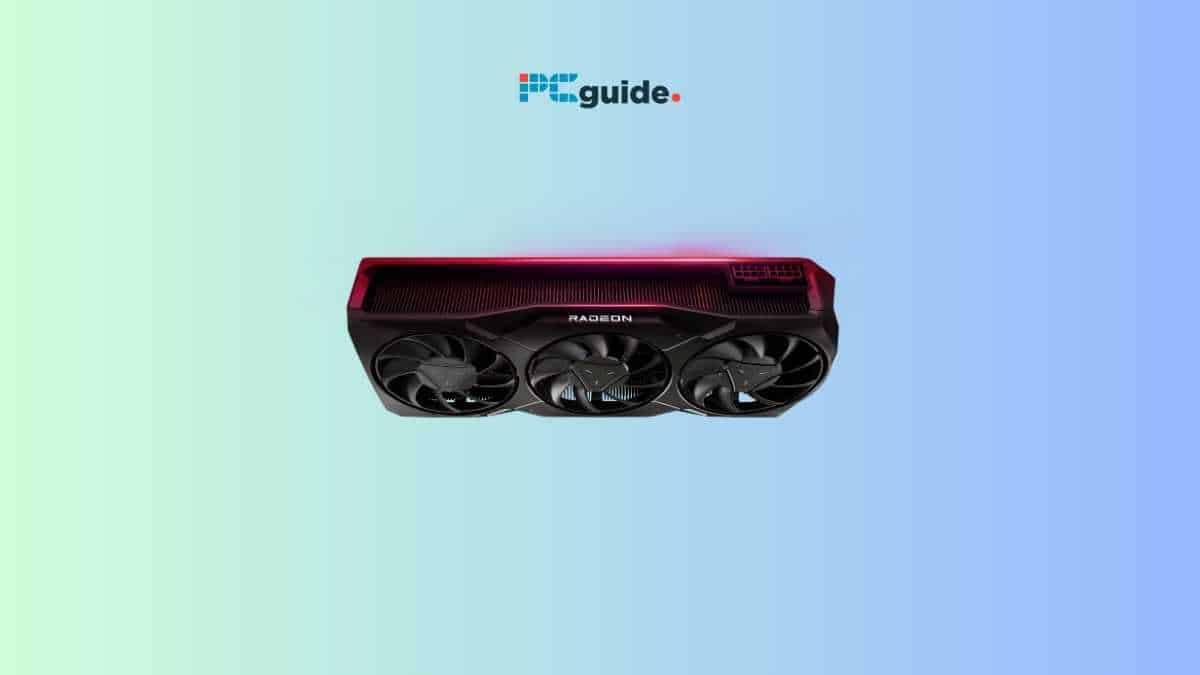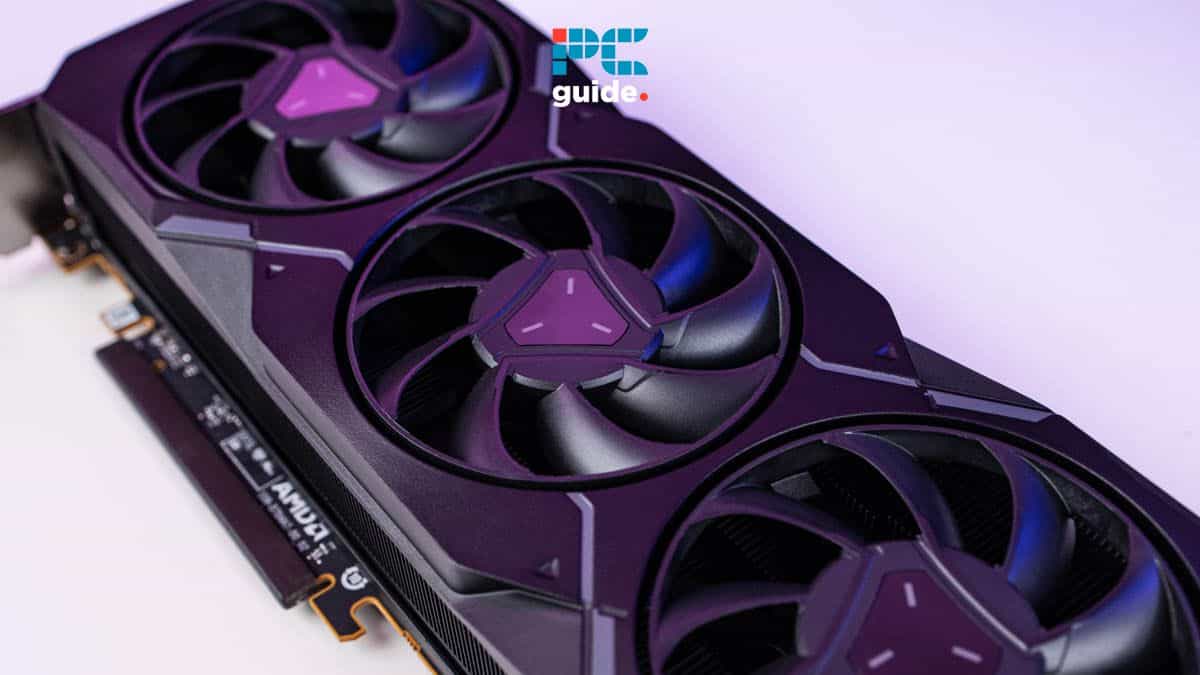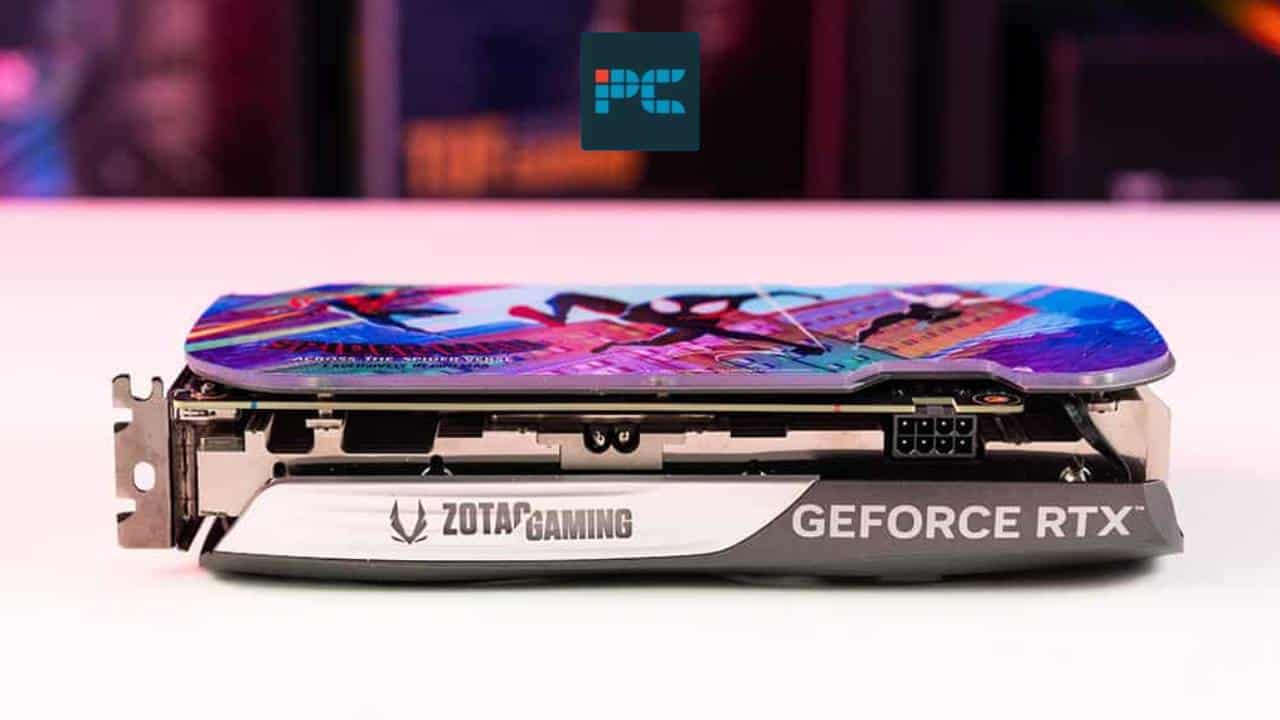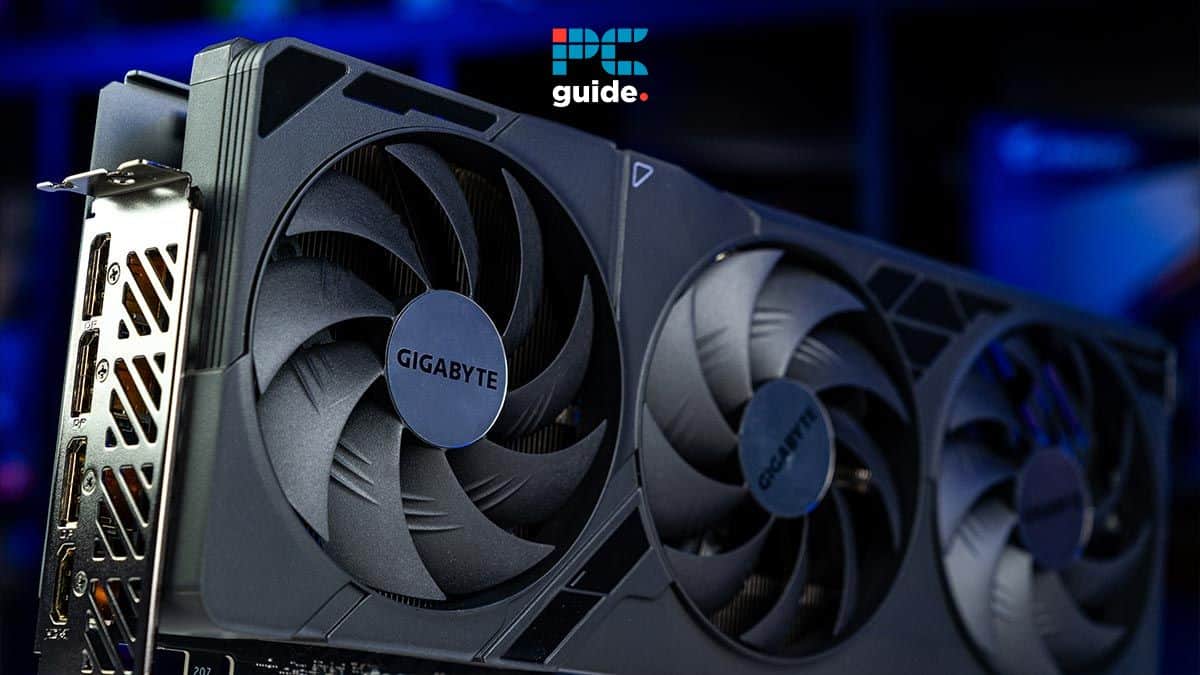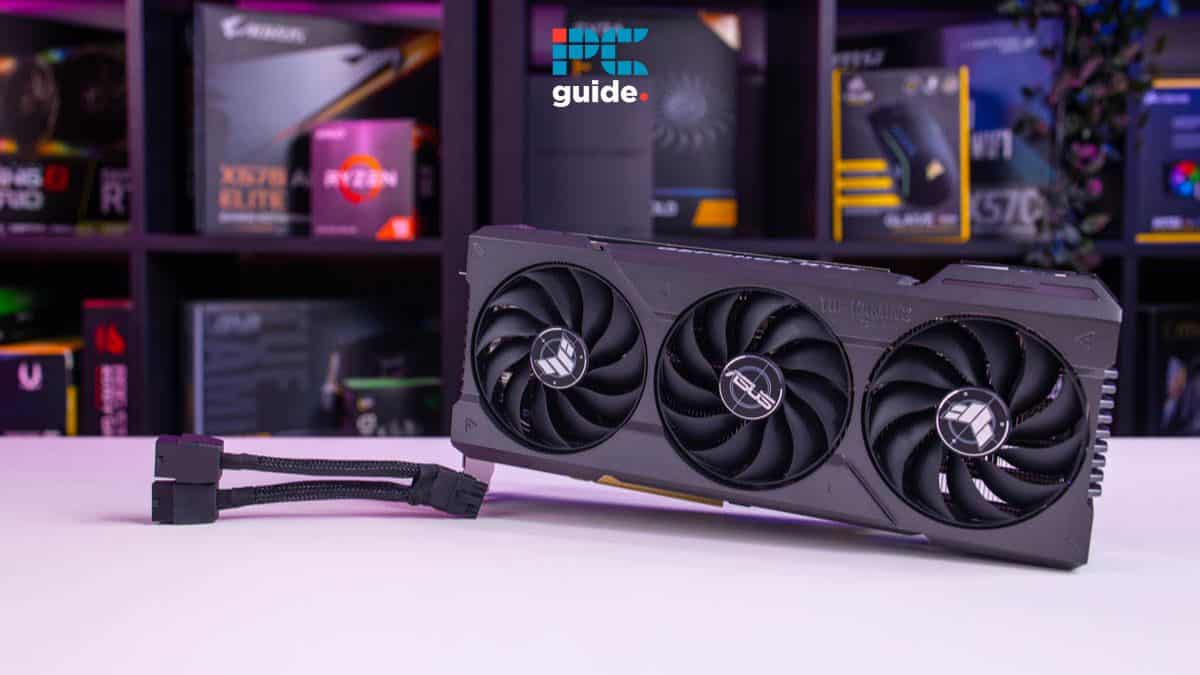With the OLED 1440p monitors reaching high refresh rates, the high-end gaming world is increasing, thus the need for a GPU that can reach high FPS and not cost a fortune is in demand: enter the RX 7900 GRE, a cut down version of the 7900 XT that uses the same Navi 31 Die but at a lower price.
With these characteristics, it is only a matter of time before see this card in every system, but is it worth it? Is the price a good balance for its performance? To solve this question, we’ve created this AMD Radeon RX 7900 GRE review roundup, where we’ll see what the top reviewers have to say.
| Reviewer | Review Summary |
|---|---|
| Gamers Nexus | Positioned right in the middle of the 7000-series lineup, the RX 7900 GRE finds a sweet spot in terms of its offering. |
| The Verge | Highlights the RX 7900 GRE as a value proposition, indicating it shows Nvidia’s RTX 4070 and AMD’s RX 7800 XT to be a little overpriced compared to its performance. |
| Tom’s Hardware | Describes the card as offering a potentially better balance of price and performance than its siblings in the 7900 series. |
| TechPowerUp | Points out that in terms of rasterization, the RX 7900 GRE slightly outperforms the RTX 4070 Super, marking it as a strong competitor. |
| PC Gamer | Labels the RX 7900 GRE as the most appealing card within the RX 7000-series lineup, emphasizing its attractiveness to gamers. |
AMD Radeon RX 7900 GRE round-up: Specs
Tom’s Hardware reveals the 7900 GRE utilizes AMD’s cutting-edge Navi 31 graphics compute die. This core technology also powers the flagship RX 7900 XTX, with the GRE using a slightly less powerful variant for enhanced affordability.
Memory and performance
- 20GB GDDR6: The GRE surprises with more VRAM than its XTX counterpart, offering generous space for high-resolution textures.
- Memory Bus & Bandwidth: A 320-bit memory bus and 800GB/s bandwidth ensure smooth, high-frame-rate gaming.
- Infinity Cache: AMD’s Infinity Cache is crucial for improving effective bandwidth; the GRE’s configuration will be key (details pending).
Key differences vs. the RX 7900 XTX
- Compute Units (CUs): The 7900 GRE boasts 80 CUs, compared to the XTX’s 84. This translates to slightly reduced raw processing power.
- RT Cores: The GRE has fewer RT cores, dedicated to ray-tracing performance for realistic lighting effects.
- Clock Speeds: Impressively, the GRE maintains high clock speeds (2000 to 2400 MHz), promising snappy performance despite other slight reductions.
| Specification | RX 7900 GRE | RX 7900 XT | Notes |
|---|---|---|---|
| Architecture | RDNA 3 (Navi 31) | RDNA 3 (Navi 31) | Both use AMD’s latest architecture |
| Compute Units (CUs) | 80 | 84 | More CUs = slightly more raw power for the XT |
| Stream Processors | 5120 | 5376 | See note above |
| Game Clock | Up to 2400 MHz | Up to 2000 MHz | GRE has a higher potential clock speed |
| Boost Clock | Up to 2500 MHz | Up to 2400 MHz | GRE’s advantage here is more notable |
| VRAM | 20GB GDDR6 | 20GB GDDR6 | Same amount of VRAM |
| Memory Interface | 320-bit | 320-bit | Same interface width |
| Memory Bandwidth | 800 GBps | 800 GBps | No difference here |
| Infinity Cache | Details pending | Details pending | Cache size may differ, impacting performance |
| TDP (Typical Board Power) | 230W (Estimate) | 300W | GRE is more power-efficient |
Real-world considerations
- Resolution Targets: The GRE seems well-suited for high performance at 1440p and solid 4K 60+ frames in many titles.
- CPU Pairing: To avoid bottle necking, pair the GRE with a modern, powerful CPU, especially for high frame rates.
- Ray Tracing Demands: If ray tracing is a priority, the GRE might compromise compared to the XTX or competing NVIDIA models.
- Competition: Its performance and price point will likely land it close to NVIDIA’s RTX cards (price fluctuations may impact this).
What this means for gamers
- Price vs. Performance: The GRE should be slightly cheaper, offering a better value if those minor performance differences aren’t crucial for you.
- Resolution Targeting: The GRE is excellent for 1440p gaming, but the XT might offer more consistent 4K performance (especially with ray tracing).
- Overclocking Headroom: Higher clock speeds on the GRE could allow enthusiasts to close the gap with the XT with custom overclocks.
Games to watch
Early benchmarks hint at the GRE’s strengths in titles like Call of Duty: Modern Warfare, Resident Evil, Spider-Man Remastered, Alan Wake, and A Plague Tale. Look for these in reviews to gauge its performance!
The “Nitro” factor
It’s worth noting if specific manufacturers like Sapphire release overclocked “Nitro” variants of the GRE, those could potentially close the gap with the 7900 XTX.
Note on technical specs
While core specs like clock speed and VRAM significantly impact gaming performance, the GRE also features some refinements that are important to tech enthusiasts:
- Infinity Cache: AMD’s Infinity Cache is a technology that boosts effective bandwidth, leading to smoother gameplay in demanding scenarios. The GRE’s specific Infinity Cache configuration will influence its performance edge over previous generations.
- MCDS and GCD: These refer to Memory Clock Domains and Graphics Clock Domains, which are aspects of the card’s architecture related to power efficiency and overclocking potential. Enthusiast sites will likely delve into these details, potentially impacting stability with custom overclocks.
AMD Radeon RX 7900 GRE round-up: Performance
Early reviews indicate the GRE holds a performance edge over the RTX 4070, especially at the popular 1440p resolution. This makes it a compelling choice for gamers focused on that sweet spot.
However, the GRE does fall behind in certain ray-tracing scenarios, particularly those where Nvidia’s DLSS upscaling gives its cards a frame-rate boost. The price-to-performance ratio seems to slightly favor the GRE, but consider your own priorities for ray tracing.
Overall impressions
- Rasterization Powerhouse: The GRE excels in traditional rasterization (non-ray-tracing) rendering. It provides a noticeable improvement over the previous generation 7800XT for a relatively minor price increase.
- 4K Limitations: While capable of 4K gaming, the GRE is less ideal for consistent high frame rates at that resolution, especially with ray tracing enabled.
- AMD vs. NVIDIA: It’s complicated: The lack of a direct competitor to Nvidia’s DLSS upscaling can impact ray-tracing performance in certain titles.
| Specification | RX 7900 GRE | RTX 4070 | Notes |
|---|---|---|---|
| Architecture | RDNA 3 (Navi 31) | Ada Lovelace | Different architectures with their own strengths |
| Compute Units (CUs) / CUDA Cores | 80 CUs / 7680 CUDA Cores | Cores are not directly comparable, look at benchmarks | |
| Clock Speeds | Up to 2500 MHz | Up to 2475 MHz | Similar maximum potential speeds |
| VRAM | 20GB GDDR6 | 12GB GDDR6 | GRE has significantly more VRAM |
| Memory Interface | 320-bit | 192-bit | GRE offers wider interface |
| Memory Bandwidth | 800 GBps | 504 GBps | GRE has higher bandwidth |
| Infinity Cache / L2 Cache | Details pending / 42MB | Cache impacts effective performance. Varies greatly by architecture | |
| Ray Tracing Cores | Fewer than RTX 4070 | Nvidia’s RT cores are dedicated, generally outperforming AMD in ray-traced games | |
| DLSS | Not Supported | Nvidia’s AI-powered upscaling, boosts frame rates in supported titles |
Key considerations
- Upcoming Games: Performance in demanding titles like Starfield will put the GRE to the test. Watch for reviews referencing new releases.
- CPU Pairing: Pair the GRE with a modern Intel Core (or equivalent AMD) CPU to avoid bottle necking its performance.
- Specific Models: Brands like ASRock might launch “Pulse” or “Pure” custom versions of the GRE, potentially offering overclocks for additional performance gains.
- Driver Updates: AMD’s ongoing driver support could further improve performance over time.
Why this matters (beyond the numbers)
- Future Proofing: These architectural refinements could lead to performance gains with future driver updates, extending the card’s lifespan.
- Overclocking Potential: The MCDS and GCD details matter to users aiming to push the card beyond factory clock speeds, potentially squeezing out even more frames.
- Understanding the Reviews: These technical terms will likely appear in in-depth reviews, helping you assess whether the GRE is the right “level” of hardware for your needs.
AMD Radeon RX 7900 GRE roundup: Price
The AMD Radeon RX 7900 GRE’s official MSRP is $549 USD, making it a highly competitive offering for its performance tier. This slots it between the RX 7800 XT and Nvidia’s RTX 4070 while offering significant gains over the previous generation. However, real-world availability and fluctuating prices tell a more nuanced story.
Price comparison table
| Model | MSRP (USD) | Current Market Price (Approx.) | Notes |
|---|---|---|---|
| AMD Radeon RX 7900 GRE | $549 | $549-$649+ (depending on retailer, availability) | Aim for MSRP for the best value |
| Nvidia RTX 4070 | $599 | $600-$700+ | Slightly more expensive, but offers better ray tracing in some scenarios |
| AMD Radeon RX 7800 XT | $479 | $480-$550 | Offers a price cut, but with less raw power than the GRE |
Factors impacting price
- Global Availability: The card’s initial launch may see stock shortages and inflated prices from resellers on platforms like Amazon. Waiting for restocks from official retailers might secure better pricing.
- Regional Differences: Prices can vary by country and retailer import fees. Check prices in your region for the most accurate picture.
- Custom Models: Overclocked “Nitro” or “Pulse” variants from brands like Sapphire tend to command a slight price premium.
- Limited Editions: Some brands might release “Golden Rabbit Edition” models (potentially tied to Chinese New Year), which could carry a price increase for their unique aesthetics.
- Market Fluctuations: GPU prices can shift rapidly due to supply chain issues and cryptocurrency mining trends. February launch timing might influence this volatility.
Important: Treat market prices as a snapshot in time. Use price tracking tools and monitor retailer stock in your region for the most up-to-date information.
AMD Radeon RX 7900 GRE roundup: Our take
The AMD Radeon RX 7900 GRE’s impressive specs, combined with positive review roundups, solidify its position as a compelling choice for gamers seeking a powerful upgrade without breaking the bank. If your priority is exceptional 1440p gaming with the occasional foray into 4K, the GRE delivers.
Key takeaways
- Rasterization Powerhouse: The GRE excels in traditional rasterization performance, making it ideal for games that don’t heavily rely on ray tracing.
- AMD vs. NVIDIA: Those prioritizing the best ray tracing should still consider pricier Nvidia counterparts like the RTX 4070 (or, rumors suggest, a potential RTX 4070 Ti Super down the line).
- Value Proposition: The GRE’s MSRP makes it a strong value contender compared to its closest competition. Be mindful of price fluctuations in the market due to availability.
- Future Looking: The GRE’s architectural refinements (Infinity Cache, etc.) could lead to further performance gains through updates and overclocking by enthusiast users.
For those debating whether to opt for the Nvidia RTX 4070, the RX 7900 GRE provides a compelling alternative, especially for gamers focused on maximizing their performance in traditional gaming scenarios.
How does the AMD Radeon RX 7900 GRE compare to Nvidia’s Geforce RTX series, particularly for ray tracing?
The GRE excels in traditional rasterization, offering excellent performance. However, Nvidia’s RTX cards generally offer stronger ray-tracing performance thanks to specialized RT cores and support for technologies like DLSS. If ray-traced games are your priority, consider an RTX card, but be prepared to potentially pay more.
What are the key specifications of the AMD Radeon RX 7900 GRE that make it a compelling graphics card?
- Stream Processors: The GRE boasts a significant number of these, translating to raw processing power for gaming.
- GDDR6 VRAM: The generous 20 GB of VRAM means the card can handle high-resolution textures smoothly.
- Infinity Cache: AMD’s tech that improves performance, especially at higher resolutions.
- Price: The GRE’s MSRP positions it competitively against its closest rivals.

